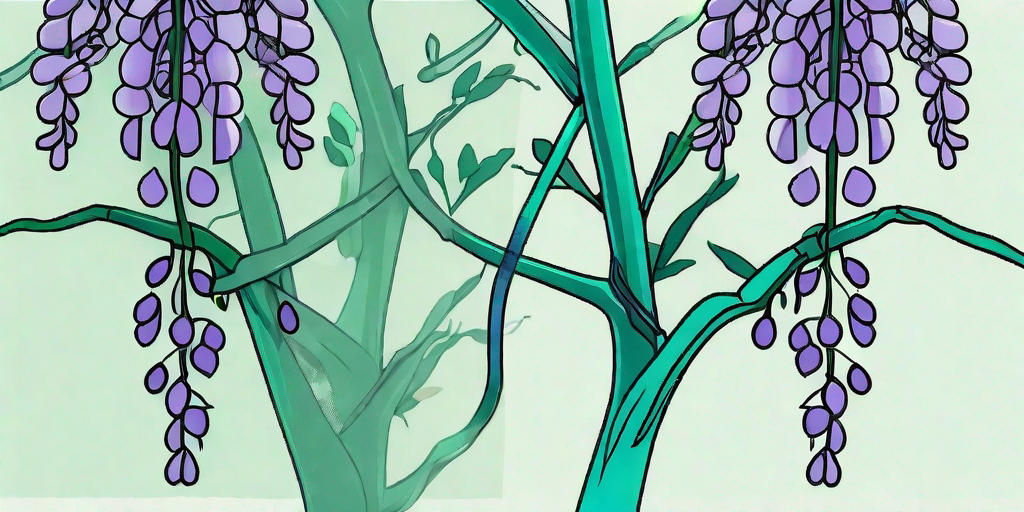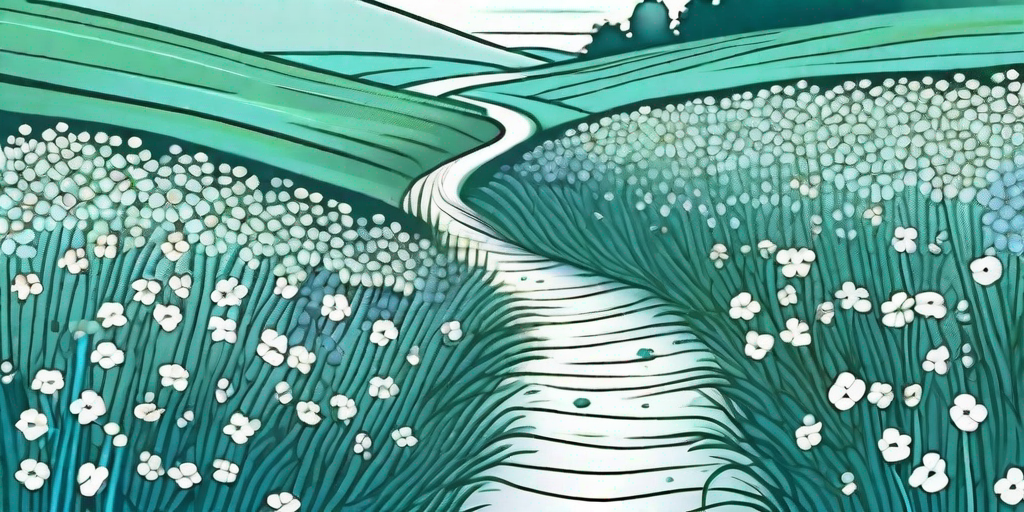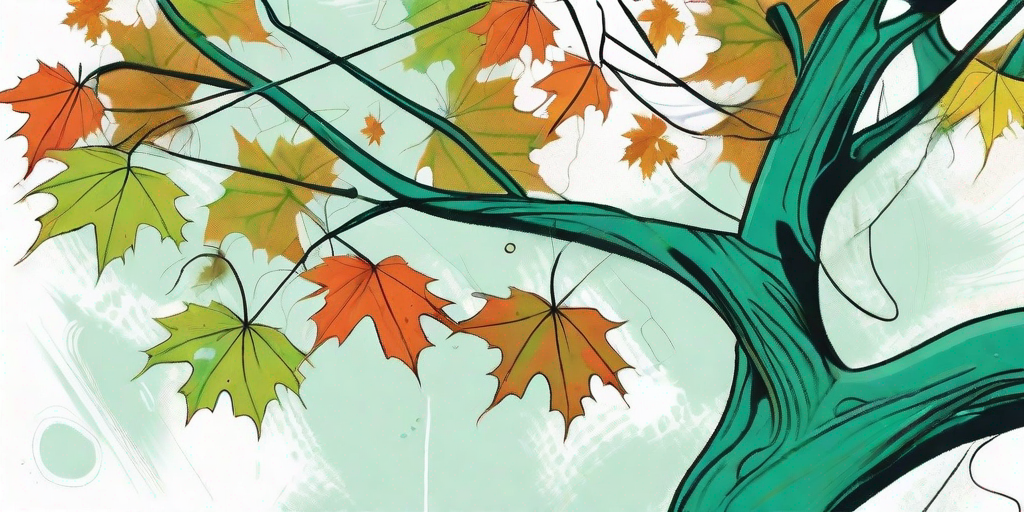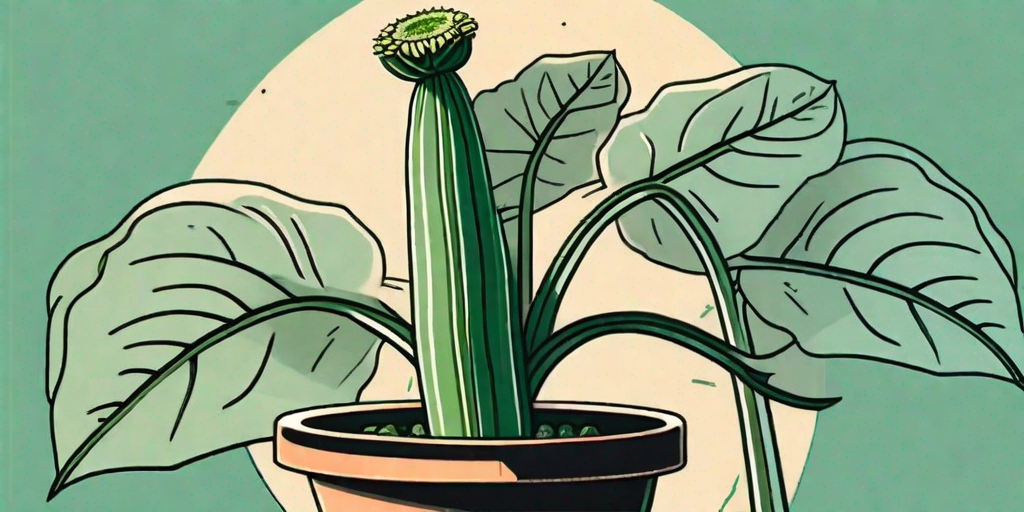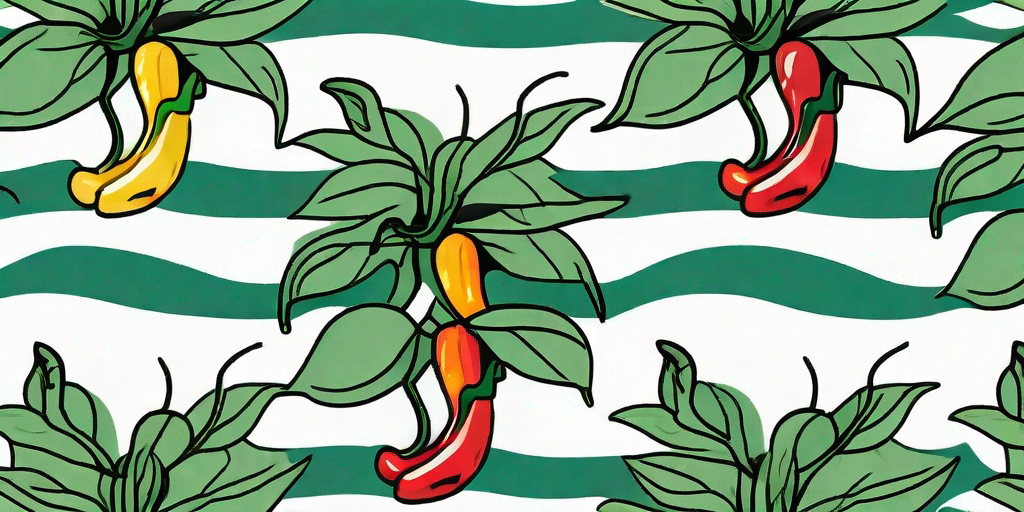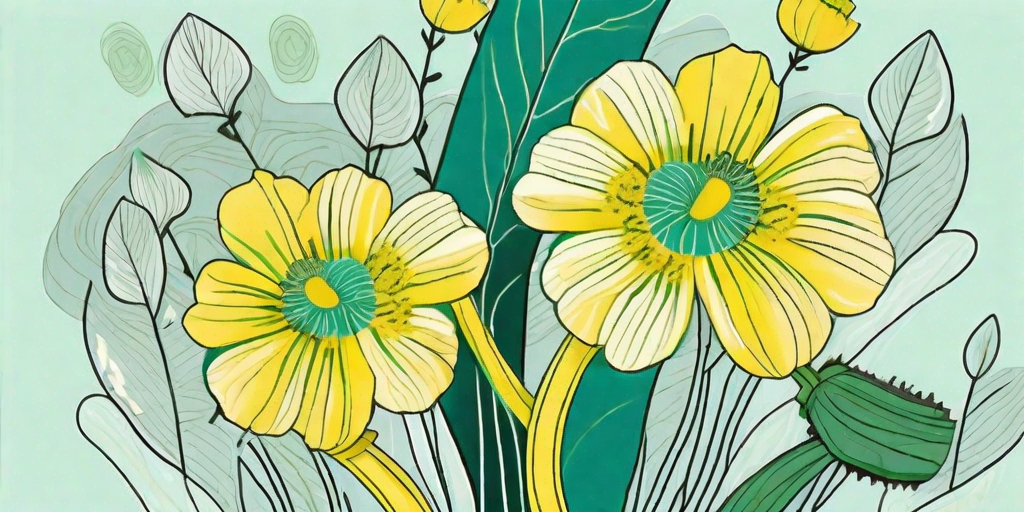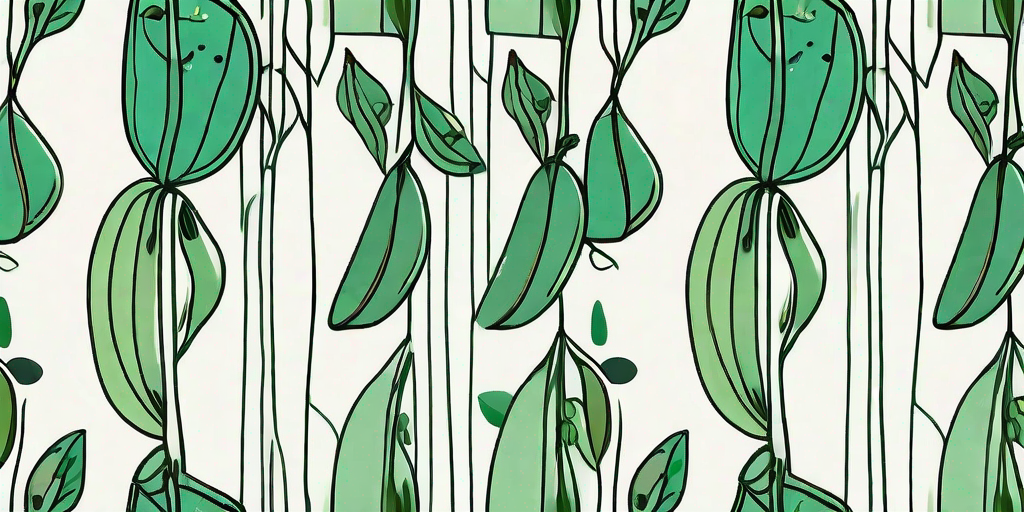
The Calla Lily, a flower that is as intriguing as its name, is a true spectacle of nature. Its elegant curves, vibrant colors, and unique shape make it a favorite among gardeners, florists, and flower enthusiasts alike. But what makes this flower a floral masterpiece? Let's dive in and explore the captivating world of the Calla Lily.
The Origin of Calla Lily
Before we delve into the beauty of the Calla Lily, let's take a quick detour to its roots - quite literally. The Calla Lily, contrary to its name, is not a true lily. This mischievous imposter hails from the Araceae family and is native to the cool highlands of South Africa.
Its scientific name, Zantedeschia, is a tribute to the Italian botanist Giovanni Zantedeschi. The name 'Calla' is derived from the Greek word 'kallos', meaning beauty. And beautiful it is, with its graceful trumpet-shaped spathes and lush foliage.
Calla Lily in History and Culture
Calla Lilies have been a symbol of beauty and purity in various cultures. In ancient Rome, they were associated with the winter solstice, while in Christianity, they symbolize resurrection and faith.
These flowers have also made their mark in the world of art. They were a favorite subject of the famous artist Georgia O'Keeffe, who painted them in a series of works that are now considered iconic.
The Aesthetics of Calla Lily
Now, let's get to the heart of the matter - the aesthetics of the Calla Lily. This flower is a visual treat with its smooth, waxy spathes that curve elegantly around a yellow spadix.
The Calla Lily comes in a range of colors - from pristine white to deep purple, sunny yellow to fiery red. Each color adds a different dimension to the flower's beauty, making it versatile for various floral arrangements and garden designs.
Calla Lily's Unique Shape
One of the standout features of the Calla Lily is its unique shape. The flower's spathe, which is often mistaken for a petal, is a modified leaf that wraps around the spadix, creating a funnel-like shape. This distinctive form sets the Calla Lily apart from other flowers and adds to its charm.
Its leaves are also noteworthy. They are large, arrow-shaped, and often speckled with white, adding a touch of whimsy to the plant's overall appearance.
How to Grow Calla Lilies
Now that we've admired the Calla Lily's beauty, you might be itching to grow some in your garden. Fear not, for these flowers are surprisingly easy to grow, even for those who don't have a green thumb.
Calla Lilies prefer well-drained soil and a sunny or partially shaded location. They are typically planted in the spring and bloom in the summer.
Step-by-Step Guide to Planting Calla Lilies
- Choose a location with well-drained soil and partial to full sun exposure.
- Plant the bulbs 3 inches deep and 12 inches apart.
- Water the bulbs thoroughly after planting.
- Wait for the magic to happen!
With proper care, your Calla Lilies will reward you with a spectacular display of color and elegance.
FAQs about Calla Lilies
- Are Calla Lilies perennials? Yes, Calla Lilies are perennials. They can bloom year after year if given the right conditions.
- Are Calla Lilies poisonous? Yes, all parts of the Calla Lily plant are poisonous if ingested. They contain calcium oxalate crystals that can cause irritation and swelling of the mouth and throat.
- Can Calla Lilies grow indoors? Absolutely! Calla Lilies can thrive indoors with enough light and proper care.
Conclusion
There you have it - the Calla Lily, a floral masterpiece that captivates with its beauty and charm. Whether you're a gardener, a florist, or simply a flower enthusiast, the Calla Lily is sure to steal your heart.
So, why not give it a try? Plant some Calla Lilies in your garden or home and let their beauty unfold. After all, as the saying goes, 'A thing of beauty is a joy forever.' And the Calla Lily is indeed a joy to behold.




